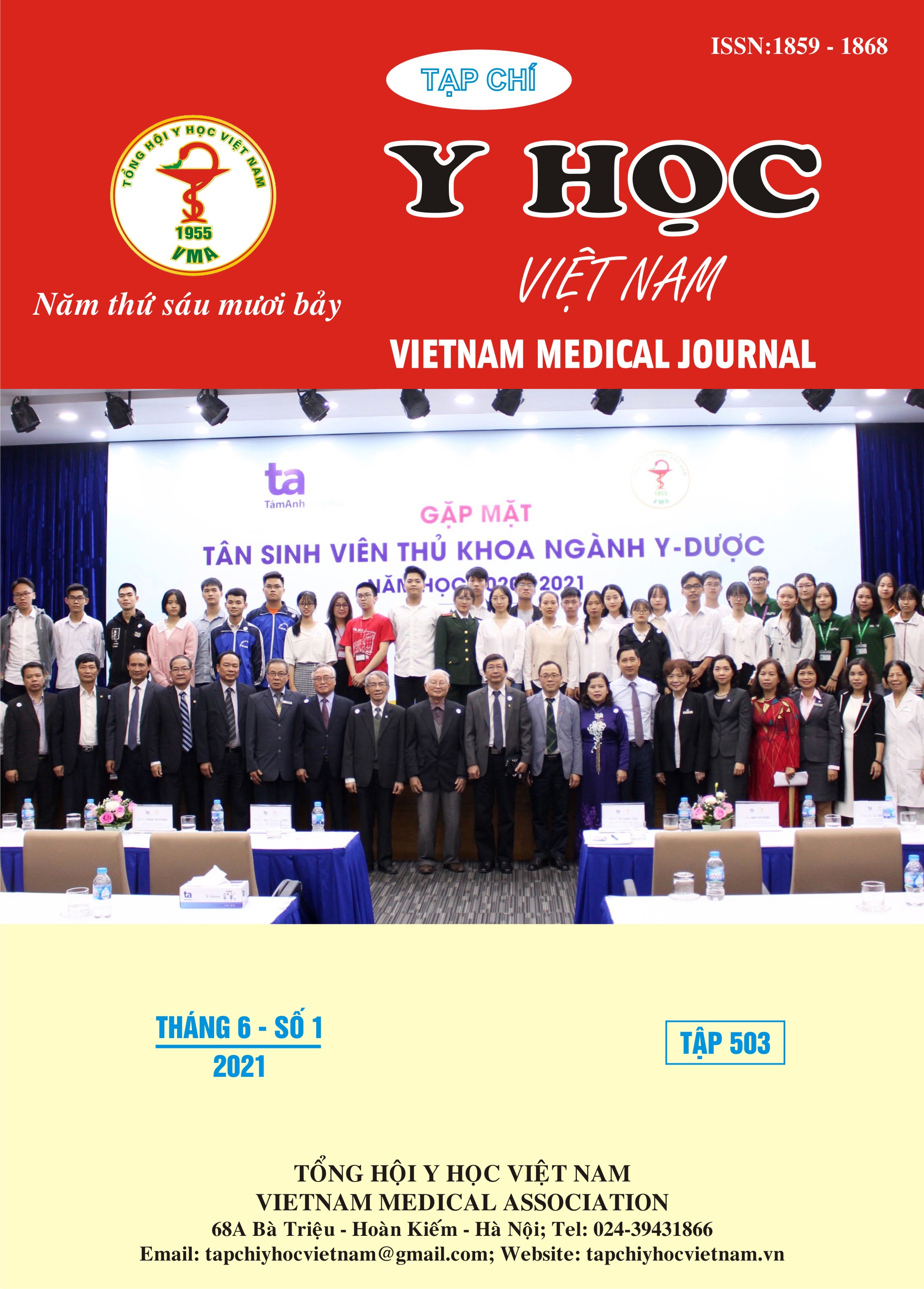STUDY ON AGE, GENDER CHARACTERISTICS, AND RELATION TO DENGUE VIRUS INFECTION INCIDENCE IN PEDIATRIC PATIENTS
Main Article Content
Abstract
Objectives: Analyze age, gender characteristics, and association with dengue virus prevalence in pediatric patients. Subjects and methods: 344 pediatric patients diagnosed with febrile dengue phase within three days of fever, admitted to the Department of Pediatrics at Children Hospital No.1 in Ho Chi Minh City, Tien Giang General Hospital and Dong Nai Children Hospital from January 2011 to December 2015, Participation in the study was voluntary and agreed to participate in the study by their relatives and family members. Proceeding to collect information about the patient's age, gender, serum, and RNA extraction, using Multiplex RT-PCR reaction to determine the serotypes of Dengue virus. Results: Patients of all ages range infected with all four serotype viruses: type 1 (DENV-1), type 2 (DENV-2), type 3 (DENV-3), and type 4 (DENV-4). Of which, the age range 6-10 accounts for the highest percentage (50.43% - 63.24%), followed by the age range 11-15 (23.53% - 38.46%), and the lowest is about age ≤ 5 (11.11% - 15.79%) for all four virus serotypes, however, there is no age difference between the virus serotypes, with p = 0.1338. The rates of viral infections of the two sexes were similar for types 1, 2, and 4. In type 3, the girls (63.16%) was higher than in boys (36.84%), but the difference was not statistically significant with p = 0.2513. Conclusion: There is no difference in age and gender of viral serotype infections. However, at the age of 6-10, viral infection accounts for the highest rate in all four types, the incidence of type 3 infection in girls higher in boys.
Article Details
Keywords
age, gender, dengue virus, serotypes, pediatric
References
2. Manila, W.H.O.W.P.R.O. Dengue in the Western Pacific. 2010; Available from: http:// www.wpro.who.int/ topics/ dengue/en, accessed 20 December 2010.
3. Huy, R., et al., National dengue surveillance in Cambodia 1980-2008: epidemiological and virological trends and the impact of vector control. Bulletin of the World Health Organization, 2010. 88(9): p. 650-657.
4. Ooi, E.E., Changing Pattern of Dengue Transmission in Singapore. 2001.
5. Yew, Y.W., et al., Seroepidemiology of dengue virus infection among adults in Singapore. Ann Acad Med Singap, 2009. 38(8): p. 667-75.
6. Guzmán, M.G., et al., Effect of age on outcome of secondary dengue 2 infections. Int J Infect Dis, 2002. 6(2): p. 118-24.
7. Lanciotti R. S., et al., Rapid detection and typing of dengue viruses from clinical samples by using reverse transcriptase-polymerase chain reaction. J Clin Microbiol, 1992. 30(3): p. 545-51.
8. Halsey E. S., et al., Correlation of serotype-specific dengue virus infection with clinical manifestations. PLoS Negl Trop Dis, 2012. 6(5): p. e1638.


